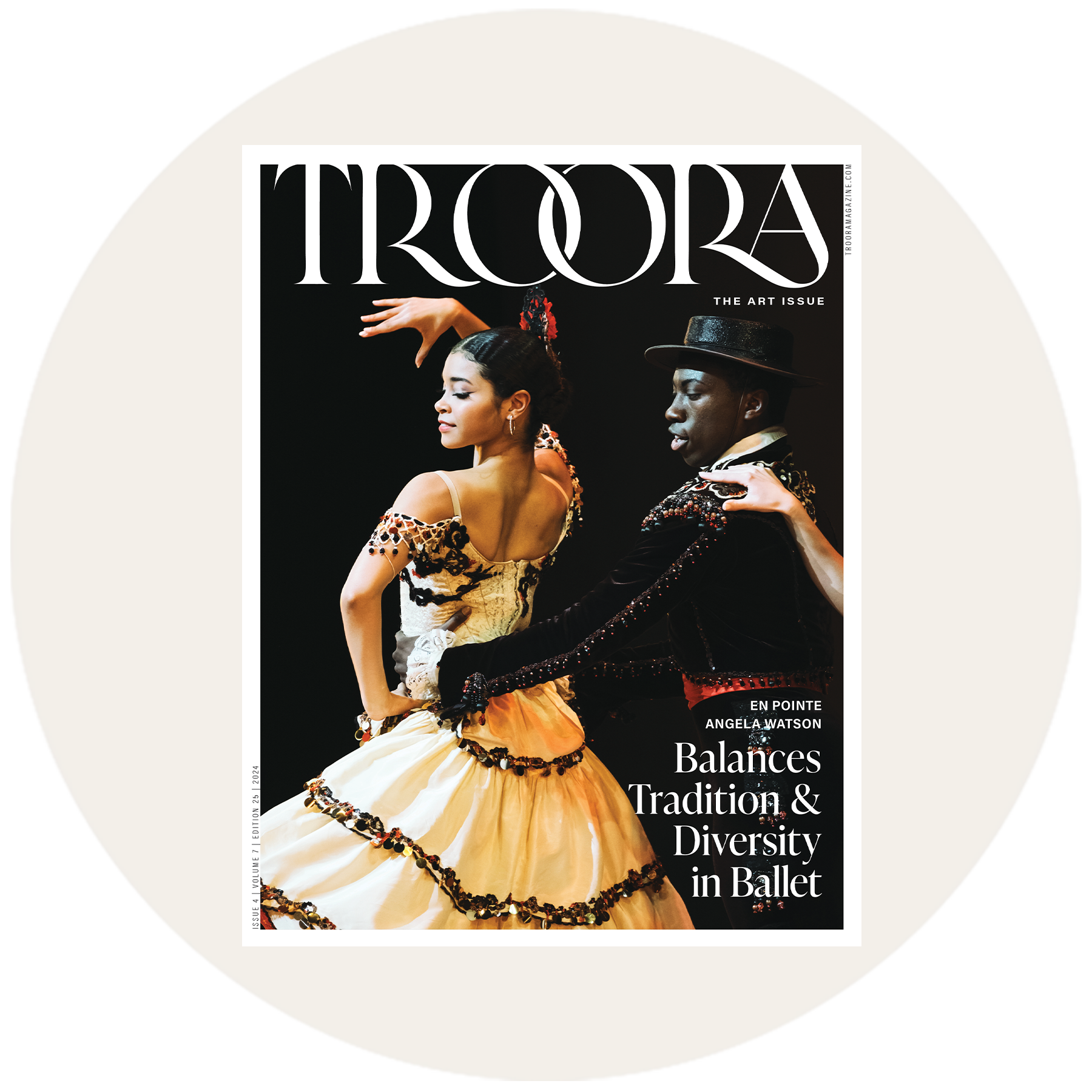Discover TrooRa Marketplace, Shop New Products Open NOW!

The Power of The Brush
Written by: Cristina Deptula

Man contemplating portrait
The Transformative Journey of Dameon Priestly:
Mastering the Art of Social Narrative
Dameon Priestly came of age during one of Northern Ireland’s most tumultuous periods of conflict between Catholic and Protestant political interests, known as “The Troubles.” The impression left by the social unrest during his formative years was inevitable.
“Even though I haven’t lived in Belfast since 1998, growing up there during those turbulent times shaped me for sure,” he confides.
He knew he was meant to be an artist ever since he was very young, and even as chaos unfolded around him, his connection to art provided a constant sense of purpose and escape.
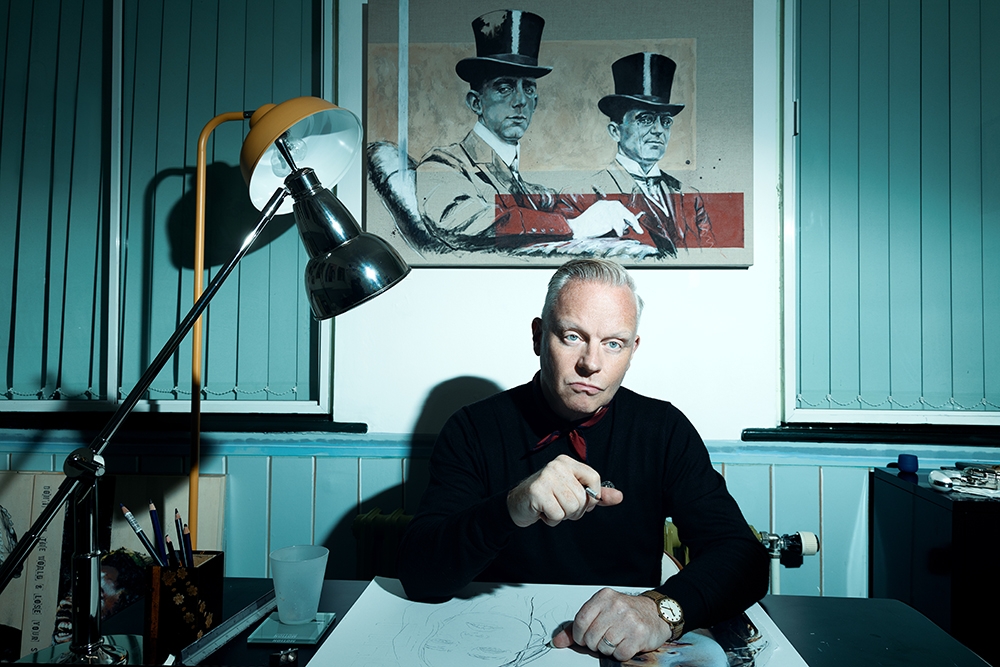
Dameon Priestly painting desk

Dameon Priestly brick wall
Chronicles on Canvas
It is perhaps no surprise that Priestly’s art “focuses on times and events of social and cultural change, often set in an historical context, but with direct relevance to the present.” His art tells stories—of the marginalized, the forgotten, the heroes, and the villains—always with an eye toward justice. “What interests me is social justice and movements born of social upheaval,” he shares.
Priestly takes a journalistic approach to his painting, considering cultural history as the most critical aspect of his art.
“The thing that interests me most is getting the facts of the story or subject as accurate as possible, in a visually striking or engaging way. It’s always all about the narrative.”
Priestly’s rise to international fame—he counts Spike Lee among his collectors and has created artwork for three of Van Morrison’s albums—hasn’t changed his fundamental approach to his craft. His back catalog, stretching to 2001, bears testament to this consistency. “What I have learned is the confidence of not having to prove my techniques to myself or my audience in order to create a successful piece. I’ve nothing to prove other than my commitment to the subject. My abilities are stronger, simply through constant hard work,” says Priestly.
He claims renowned American author John Steinbeck’s gritty aesthetic as an inspiration. Quotes from Steinbeck’s novel “Cannery Row” grace his website, drawing a literary parallel to his visual work. “Cannery Row is simply one of my favorite novels. The beautiful language is something I aspire to create in my visuals. It’s real. Real life and oftentimes, too real. Which I’m naturally drawn to,” he explains.
Like Steinbeck, Priestly isn’t one to shy away from difficult or controversial topics.
“Not all art can or should be purely decorative. Some art should ask the viewers to fully engage with it…even if it’s about things you’d rather not think about,” he says.

Man by gate

Collage featuring women
Craft Driven by Empathy
One of the more stirring aspects of Priestly’s work is his ability to empathize deeply with his subjects, particularly those who have suffered historical injustices. In his collection “The Shopgirl,” he tackles the bleak existence of Victorian London’s store clerks, whose lives were fraught with health problems and societal limitations. Priestly also explores the lives of women imprisoned in the infamous Magdalen Laundry asylums.
In collections such as “Die Kleinen Geister,” which looks at prostitution in 19th-century Vienna, or “I Am Not,” focusing on the American civil rights movement, he engages with topics often ignored or sidelined in fine art. The paintings embody the struggles and victories of his subjects.
His “Harlem” collection extends this visual narrative, and his “Crossing the Line” series offers a poignant look at the bitter-sweet story of Jesse Owens, the Olympic gold medalist, who defeated Nazi Germany’s athletes on the field only to face discrimination and poverty at home.
Yet, Priestly brings a sense of beauty to these works of social documentary through his rigorous dedication to craft. In “Die Kleinen Geister,” he evokes the atmosphere of the interiors of Vienna’s newly opened department stores through using gold and silver leaf, continental peacock blues, rich ochres, and regal purples. In ‘I Am Not,’ he incorporates text into his pieces printed in typefaces of the period.

Artist Dameon Priestly
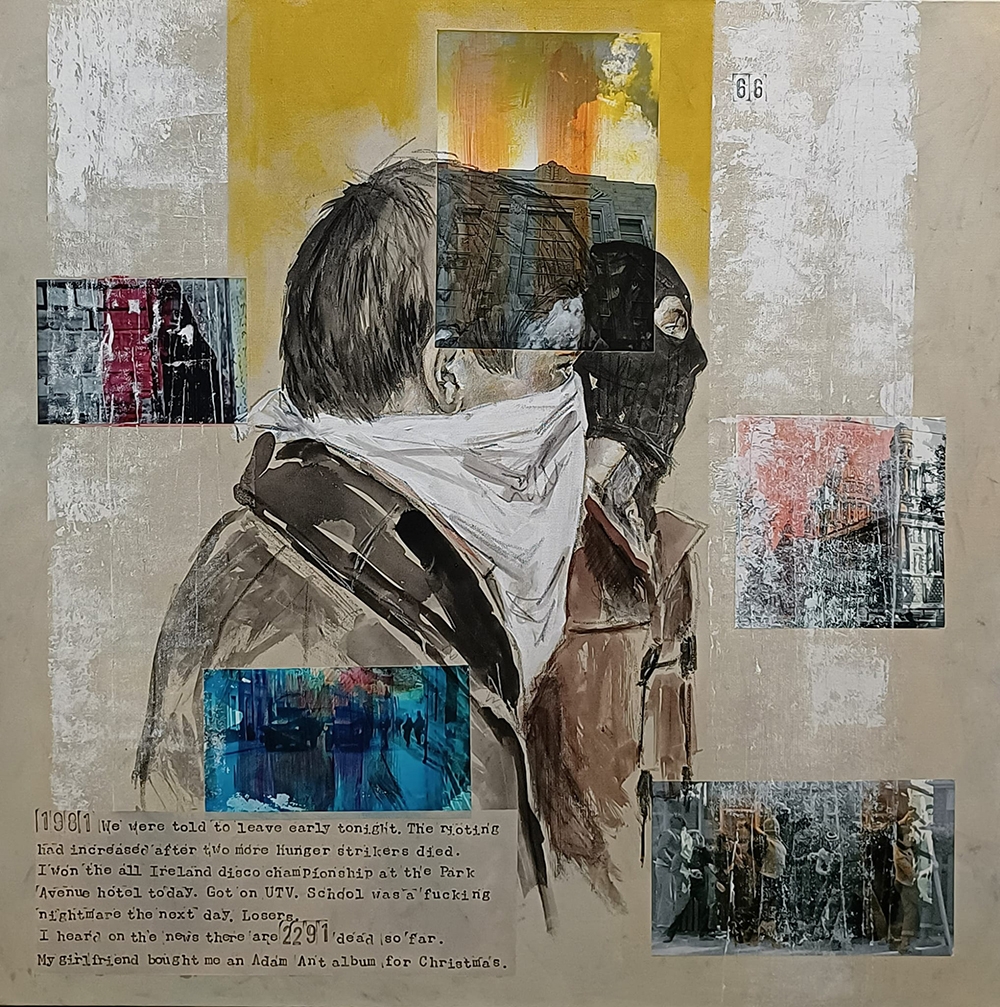
A painting by Dameon Priestly
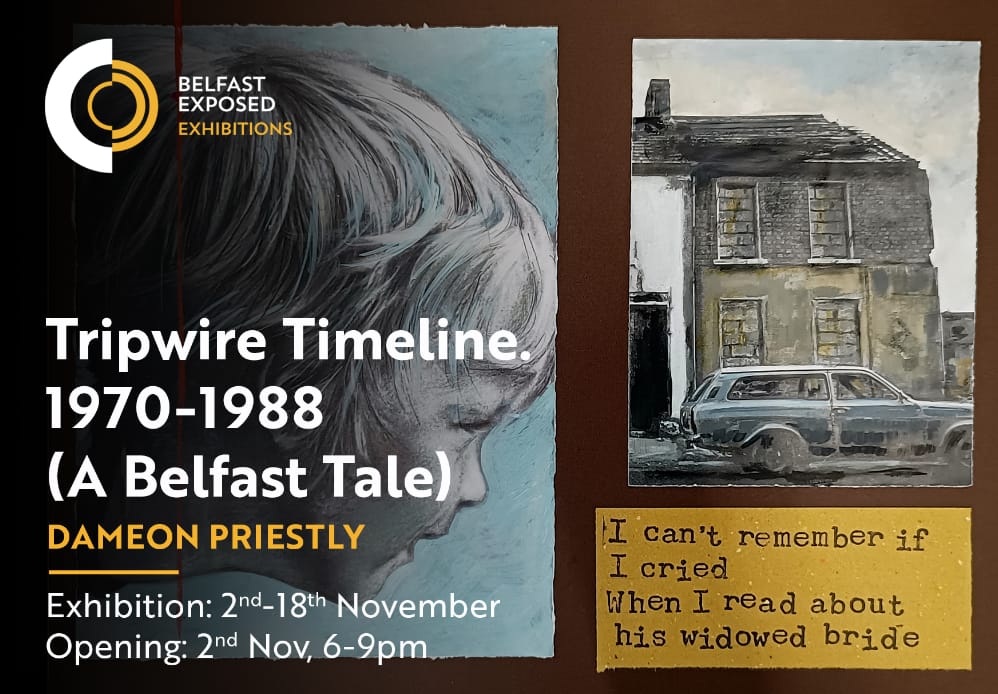
Tripwire Belfast timeline
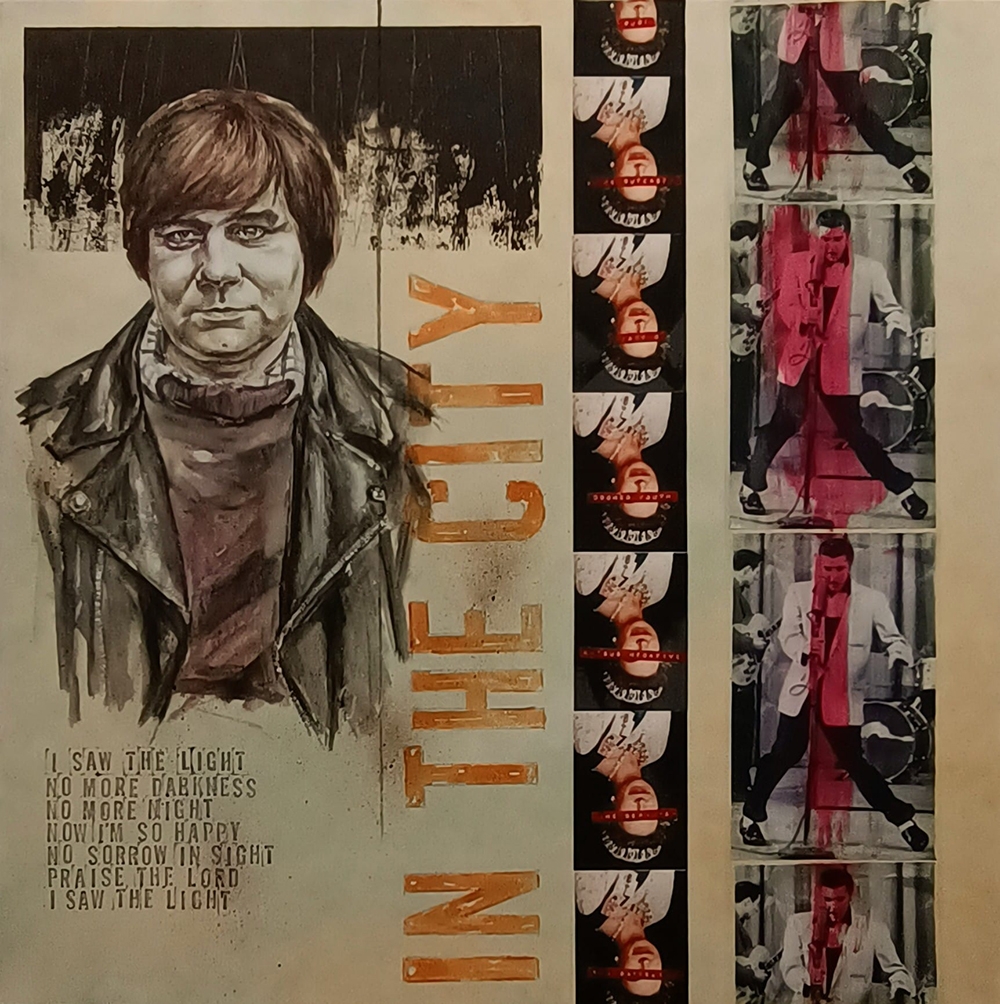
Poster with man in suit
Turning His Lens Inward
“There are plenty of fabulous photographers, filmmakers, writers, poets, journalists, and musicians who have told their story of growing up in the Northern Irish conflict. However, there are precious few artists or painters of note out there who have approached this subject. Certainly, in respect to telling their own story, or experiences and feelings from a first-person approach,” he notes.
Priestly rarely paints self-portraits, but has created 22 new ones for Tripwire and incorporated lyrics from popular songs of the time into the pieces.
“The hook of the song lyric or a childhood naïve comment in the form of a diary account, lulls the unwitting viewer into a place of familiarity and comfort before waking them up sharply with the realisation that all is not well in the picture and the story being told,” he says.

Artist Dameon Priestly
A Journey of Ceaseless Inquiry
What’s next for Dameon Priestly? “I will be looking at women artists and designers who have been largely looked over or forgotten about, from the 20th century,” he reveals. And so, Dameon Priestly’s journey as an artist and a historian continues. His art, however, remains a timeless record—each piece a chapter in the ever-unfolding story that connects us all to our shared human experience.

TrooRa Magazine
Words
Cristina Deptula
California, USA
Welcome to TrooRa Magazine
Already registered Sign In
Art Issue 2024 Edition 25
Marking a milestone with our 25th issue, TrooRa Magazine’s Art Issue 2024 (Special Edition) explores the transformative power of creativity as a force for healing, unity, and change.






